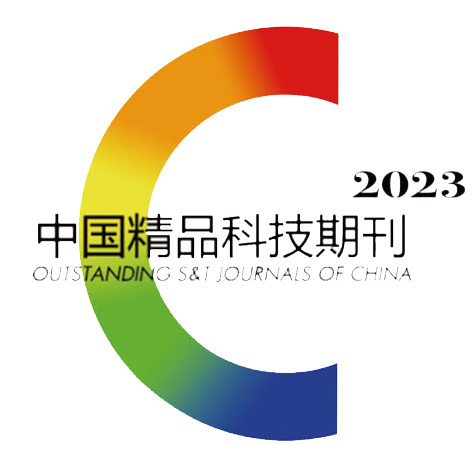Evolutions of Components Involved in the Catabolic Pathway of Glucosinolates in Broccoli Florets during Air Drying Coupled with Air-borne Ultrasound
-
-
Abstract
In order to understand the effect of air-borne ultrasound on the catabolic pathway of glucosinolates in broccoli florets during air drying, the drying property, contents of key components (glucosinolates, sulforaphane, ascorbic acid, Fe2+ and phenolic acids), myrosinase activity and antioxidant capacity in vitro in broccoli florets during air drying at 60 oC coupled with air-borne ultrasound (20 kHz, 125.2 and 180.1 W/dm2) were analyzed. The results showed that air-borne sonication accelerated the drying process. The drying times were shortened by 11.1% and 17.8% under sonication at 125.2 and 180.1 W/dm2, respectively. Meanwhile, glucobrassicin content and myrosinase activity increased during ultrasound-intensified air drying. In the end of drying, the contents of glucobrassicin and sulforaphane as well as myrosinase activity in ultrasound-treated samples at 180.1 W/dm2 were 10.7%, 26.0% and 15.2% higher than those in samples dried without sonication, respectively. Reversely, sonicated samples at 180.1 W/dm2 possessed 8.1% less amount of Fe2+ than only air-dried samples after drying. The results implied that ultrasound treatment alleviated the interference of Fe2+ on the enzymatic degradation of glucosinolates, as well as promoted the degradation of glucoraphanin to sulforaphane. Besides, air-borne sonication had no significant influence on the contents of ascorbic acid and phenolic acids, and antioxidant capacity in vitro of broccoli under air drying. This study demonstrated that air-borne ultrasound assisted-air drying could not only speed up the drying process of broccoli florets, but also promote the conversion of glucoraphanin and preserve the bioactive components in certain aspects.
-

-





 DownLoad:
DownLoad: